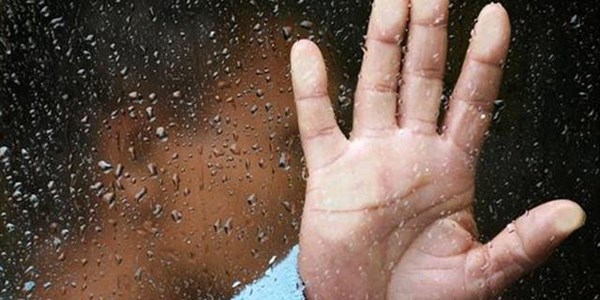South Africa
SA kids violent because they copy their parents – experts─── 13:28 Wed, 09 Oct 2019

Experts have blamed society’s violent culture for the increasing violent incidents among pupils.
Uncovering the mystery that lies behind the violence in South African schools led academics to search deeply, finding that a number of factors contribute to the crisis.
Professor Quatro Mgogo said the violence was a reflection of the society’s violent behavioural patterns. He believed children mirrored the behaviour of adults and the growing number of teeth-grappling incidents at schools was a reflection of society.
“Recently I have witnessed a number of shocking incidents of violence perpetrated by learners in schools. Schools have become one of the most dangerous places to be, for both our children and teachers,’’ Mgogo said
“The country has a sky-high rate of crime, corruption and gender-based violence that is increasing daily. It has become even more difficult for our children to find people to look up to because a high number of adults are engaged in violent acts,’’ he added.
Mgogo said that most of the violent acts were experienced in township schools, in communities where a lot of criminal activities were taking place. He blamed the use of ‘Tsotsi Taal’ (gang language) that was commonly used by grown male figures around young boys. He believed that the language had played a role in orientating boys towards violent behavioural patterns.
“A number of children grow up with their big brother speaking the language. Thus, I want to re-affirm that the lack of people [doing good] to model and look up to in most South African townships is a contributing factor to these ongoing incidents,’’ Mgogo said.
He stressed that children growing up without a father figure, who would be expected to teach a young boy how to be respectful, was also a contributing factor. Mgogo said that as a result of this, most children learnt male-orientated behaviour outside their homes, from the streets, which are dominated by crime and gender-based violence.
Research by the Centre for Justice and Crime Prevention (CJCP) concurred with Mgogo’s analysis. It found that schools typically mirrored the challenges that exist in the families, communities, and in society at large.
National Safer Schools Framework policy by the centre stated that in 2012, 22.2% of secondary school learners – which translated to just over a million learners – had experienced threats of violence, assault, robbery or sexual assault (including rape) while at school.
The centre proposed the training of teachers in counselling, support services and conflict resolution skills, to try and solve the crisis. The policy document recommended that parents get on board in helping to resolve the crisis, as schools should not operate in isolation when it comes to educating our youth.
Research by Stellenbosch University Professor, Martin Gustafsson, suggested a different reason behind the crisis of violence in schools. The research stipulated that poor academic performance by male pupils at school could be a contributing factor to the upsurge in violent incidents in schools.
The research found that male pupils performed around 20% of a standard deviation worse than females, in both reading and mathematics. Gustafsson said the relative under-performance of males academically could be a contributing factor to the violent acts that were largely perpetuated by males in schools.
On Monday, a 14-year-old boy was stabbed by a 15-year-old with a pair of scissors at the Thuto-Tiro Comprehensive School in Sebokeng, Johannesburg.
The two pupils were reported to have been playing. The 15-year-old has been arrested pending a case of murder.













